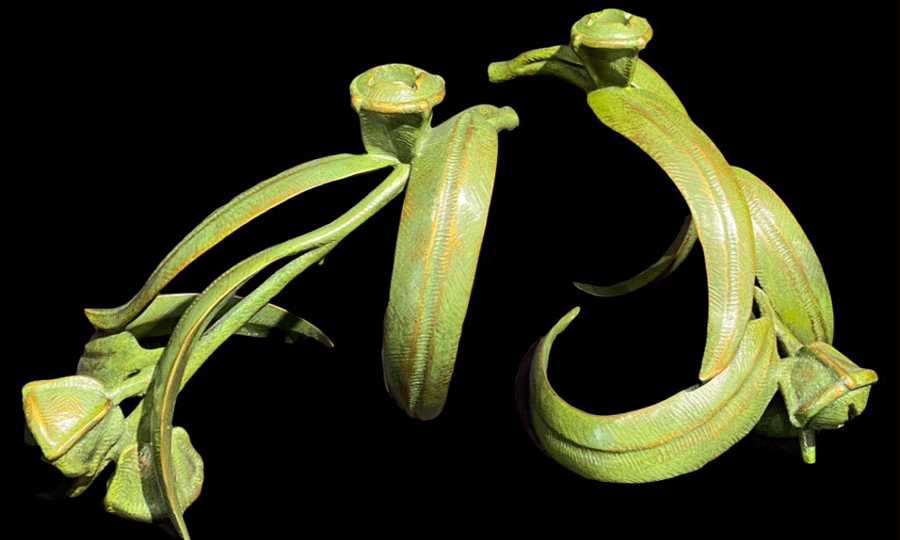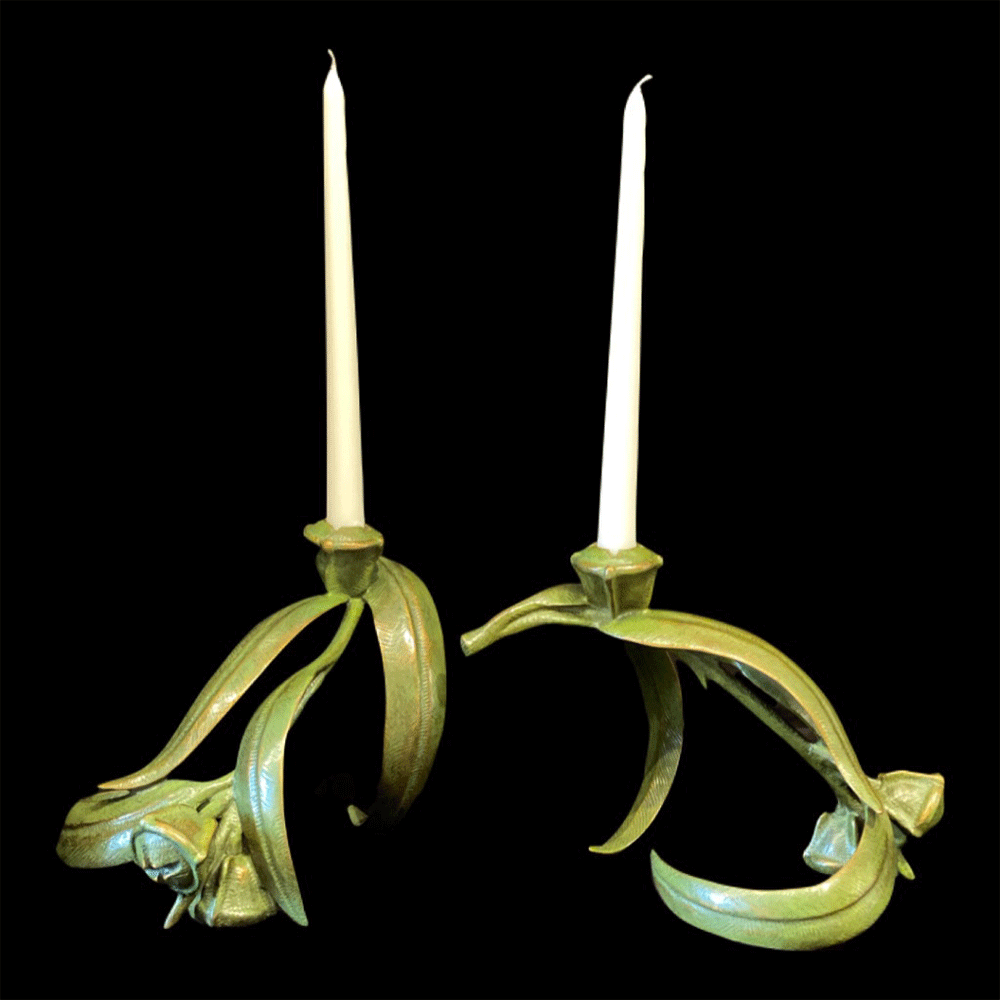Tony Hochstetler
TONY HOCHSTETLER is a sculptor of unusual animals and botanical subjects.
His repertoire of work revolves around reptile, amphibian, insect, marine life, and the occasional odd mammal. Born and raised in northern Indiana he spent his childhood in the forests, fields, and wetlands studying the natural world around him. Tony currently lives in Colorado where he continues to seek out and research unique subjects.
A seasoned sculptor, Hochstetler has been featured in many publications and books including Masterworks of American Sculpture and Reptiles & Amphibians in Contemporary Art. He has also earned multiple awards for his wildlife sculpture including two Awards of Merit from the Society of Animal Artists. His work resides in numerous museums, zoological gardens, and city collections as well as important private collections. He has had several one-man shows and participated in numerous gallery invitational and museum exhibitions throughout the country.
He is a member of the National Sculpture Society, and a Signature member of the Society of Animal Artists.
His repertoire of work revolves around reptile, amphibian, insect, marine life, and the occasional odd mammal. Born and raised in northern Indiana he spent his childhood in the forests, fields, and wetlands studying the natural world around him. Tony currently lives in Colorado where he continues to seek out and research unique subjects.
A seasoned sculptor, Hochstetler has been featured in many publications and books including Masterworks of American Sculpture and Reptiles & Amphibians in Contemporary Art. He has also earned multiple awards for his wildlife sculpture including two Awards of Merit from the Society of Animal Artists. His work resides in numerous museums, zoological gardens, and city collections as well as important private collections. He has had several one-man shows and participated in numerous gallery invitational and museum exhibitions throughout the country.
He is a member of the National Sculpture Society, and a Signature member of the Society of Animal Artists.

LOOKING FOR A SPECIFIC PIECE?
We would be pleased to assist you in locating a western artist or Indian piece that you are particularly interested in. Contact us today to begin the search for your next piece.
CONTACT THE GALLERY








